In the vast landscape of freight transportation, semi-trailers serve as pivotal components, enabling efficient movement of goods across long distances. However, a fundamental question arises for many users and operators in the logistics industry: how long is the basic semi-trailer? Below, we provide an intricate analysis of semi-trailer dimensions, including variations, regulations, and other pertinent factors that influence their length and usage.
The Standard Dimensions of Semi-Trailers
1. Overview of Basic Semi-Trailer Lengths
The average length of a standard semi-trailer in the United States typically ranges from 48 to 53 feet. A more nuanced exploration reveals various classifications:
| Type of Semi-Trailer | Standard Length | Usage |
|---|---|---|
| Dry Van | 48 – 53 feet | General freight transport |
| Flatbed | 48 – 53 feet | Construction and heavy equipment |
| Refrigerated | 48 – 53 feet | Perishable goods transport |
| Tanker | 40 – 53 feet | Liquid transport, including hazardous materials |

2. Impact of Regulations on Trailer Length
The size of semi-trailers is substantially influenced by both federal and state regulations. The Federal Highway Administration (FHWA) imposes limitations to ensure safety and road usability.
- Interstate Guidelines: The maximum overall length for a semi-trailer on interstate highways is generally 53 feet.
- State Variations: Some states allow longer combinations, known as Long Combination Vehicles (LCVs), which can extend to 70 feet or more with a suitable tractor unit, though this is not universally accepted.
These regulations may differ significantly from one region to another, making it imperative for operators and logistics planners to familiarize themselves with local laws to avoid penalties.
3. Configuration Types and Their Lengths
The design and configuration of a semi-trailer can influence its total length. Below are common configurations:
| Configuration | Standard Length | Description |
|---|---|---|
| Single Axle | 48 – 53 feet | Basic configuration for lighter loads |
| Tandem Axle | 48 – 53 feet | Most common for heavier cargo |
| Tri-Axle | 48 – 53 feet | Enhanced stability and capacity for heavy loads |
| Extendable Flatbed | Varies, 48+ feet | Adjustable based on load demands |
Key Features of Each Configuration
- Single Axle: Best suited for lighter loads; offers better maneuverability in urban settings.
- Tandem Axle: Balances weight distribution and stability; widely adopted in the trucking industry.
- Tri-Axle: Allows for higher weight limits and greater stability for transporting oversized items.
- Extendable Flatbed: Versatile design that can support a variety of loads, increasing efficiency in transport.
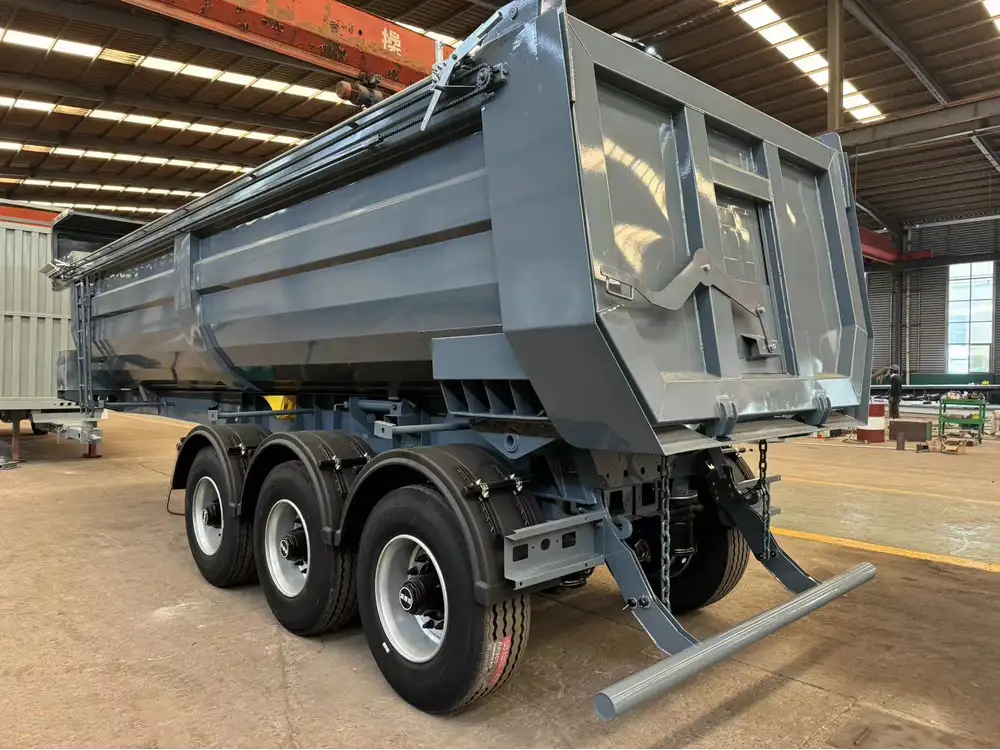
Factors Affecting Semi-Trailer Length Choices
1. Payload Requirements
When selecting a semi-trailer, deciding on the correct length involves considering the payload. A longer semi-trailer can potentially carry more cargo; however, this must be balanced with state regulations and weight compliance, including:
- Gross Vehicle Weight Rating (GVWR): Overall weight limit set by the manufacturer, including the weight of the trailer and cargo.
- Bridge Formula: A federal regulation used to assess maximum weight based on the number of axles and the distance between them, influencing how lengths are calculated for heavier loads.
2. Type of Cargo Being Transported
The type of goods significantly influences the selection of semi-trailer length:
- Standard Goods: For typical freight (e.g., boxes, pallets), standard lengths of 53 feet are common.
- Heavy Equipment: May necessitate longer flatbeds or extendable trailers; therefore, operators must analyze the dimensions of the equipment.
- Perishable Items: Refrigerated trailers should meet specific length regulations, ensuring adequate space for venting and air circulation.
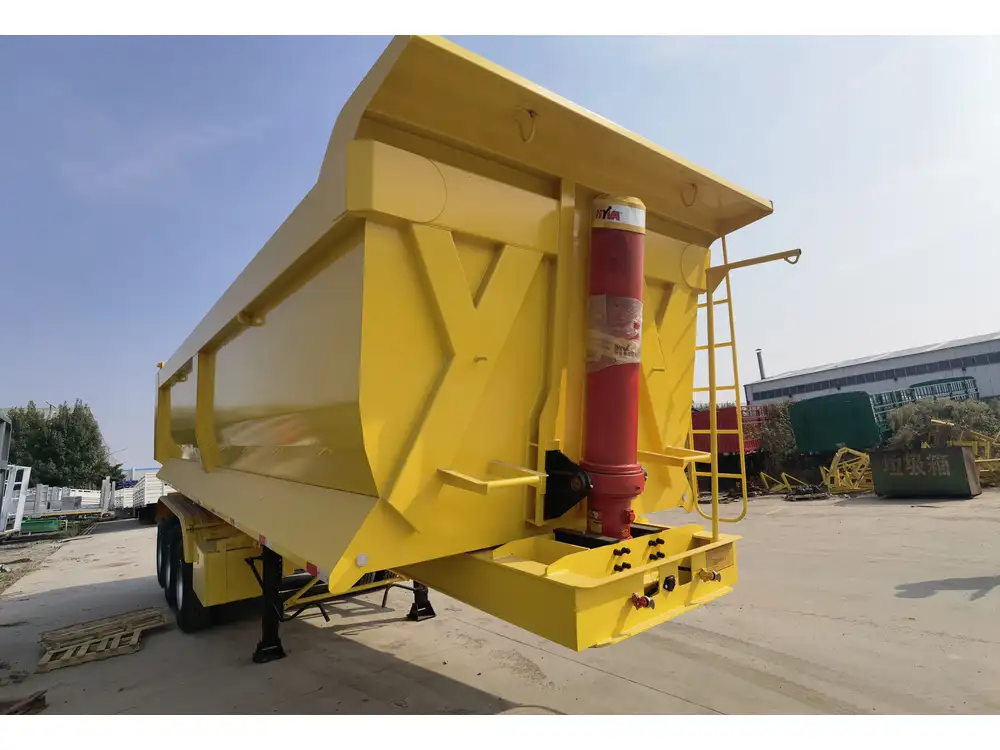
3. Route Considerations
Route logistics also play a vital role in determining the appropriate semi-trailer length:
- Urban Environments: In congested city streets, shorter trailers may enhance maneuverability.
- Rural Areas: Longer trailers can be more practical, taking advantage of open road conditions without excessive congestion.
Trailer Types: A Closer Look
To further understand the complexities of semi-trailer lengths, it is essential to examine different trailer types and their specific applications.
1. Dry Van Trailers
Used predominantly for transporting non-perishable goods, dry van trailers are a staple in freight logistics. Their standard length of 53 feet allows for the transportation of a substantial volume of freight. These trailers feature:
- Secure walls and ceilings to safeguard cargo.
- Versatile interior configurations to handle diverse freight types.
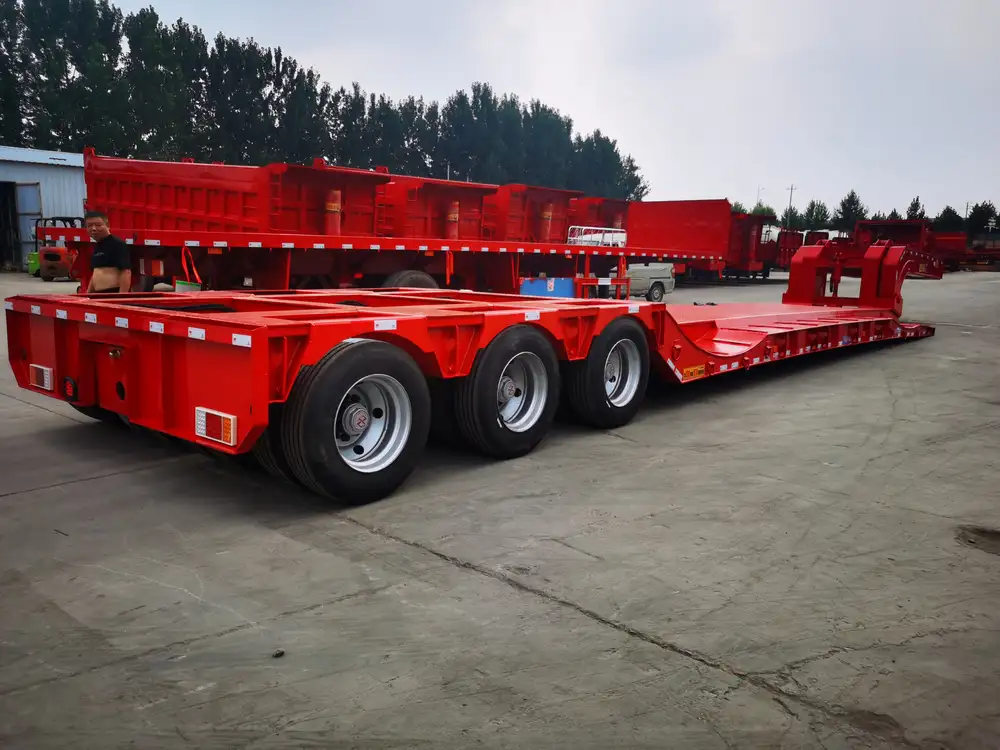
2. Refrigerated Trailers
Also known as reefers, refrigerated trailers are vital for the transport of temperature-sensitive items. Generally, these also conform to the 48 to 53 feet standard length, ensuring:
- Temperature control systems to maintain the necessary climate.
- Superior insulation for load protection.
3. Flatbed Trailers
Flatbed trailers, typically between 48 and 53 feet, provide versatility for various loads, including machinery and construction materials. Notable features include:
- Open design facilitates loading and unloading from any angle.
- Option for tarping to protect cargo from the elements.
4. Tanker Trailers
Tanker trailers, slightly shorter at 40 to 53 feet, are tailored for transporting liquids. They present unique challenges, such as:
- Stability requirements due to liquid sloshing.
- Regulatory compliances depending on transported substance type.
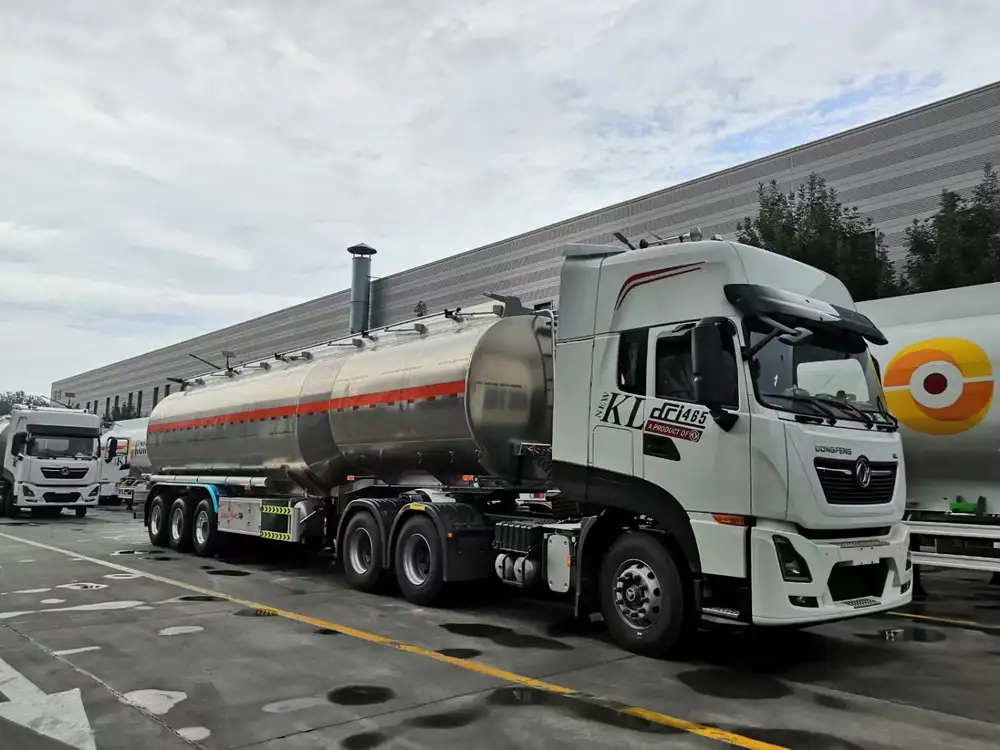
FAQs: Clarifying Common Misunderstandings
What is the difference between overall length and usable length?
Overall Length refers to the total measurement from the front to the back of the semi-trailer, including any attachment like the coupling device. In contrast, Usable Length denotes the length inside the trailer available for cargo storage, which may be less than the overall length due to structural elements.
Can I resize my semi-trailer?
Custom modifications can be made for some semi-trailer types, but extensive alterations might affect structural integrity and compliance with regulations. It’s advisable to consult with professional manufacturers or authorized personnel for guidance.
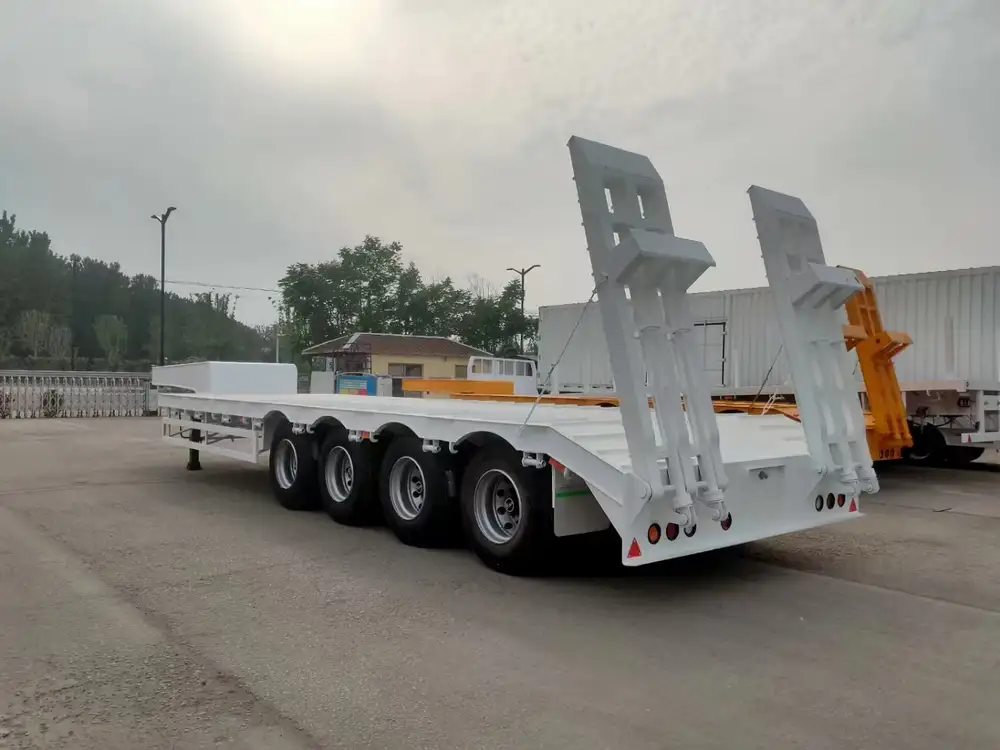
How does weight affect length choices?
The payload weight directly influences length selection because heavier loads potentially require more axles. Manufacturers often provide maximum length and weight guidelines to ensure road safety and compliance.
Conclusion: Choosing the Right Semi-Trailer Length for Your Needs
The journey to selecting the appropriate semi-trailer is intricate and multifaceted. Users must consider a wide array of factors, including payload requirements, type of cargo, compliance with state regulations, and unique route challenges.
By understanding the standard dimensions and various configurations of semi-trailers, logistics professionals are equipped to make informed decisions that optimize cargo transport, enhance efficiency, and ultimately drive successful outcomes. As the freight industry continues to evolve, staying abreast of updates in regulations and innovations in trailer design will serve as a cornerstone of effective transportation management.
Achieving operational excellence in logistics requires meticulous attention to the details outlined in this comprehensive guide. Whether you’re a seasoned operator or a newcomer to the industry, understanding the baseline dimensions and strategic options available in semi-trailers is the first step toward mastering the complexities of freight transport.



